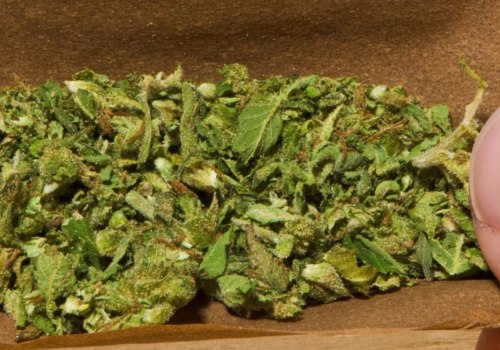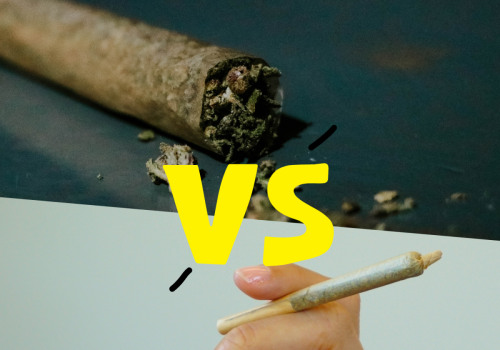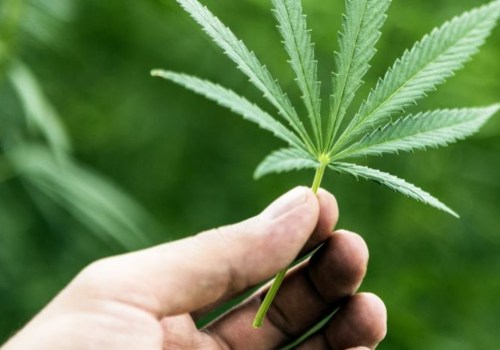We can extract two types of fibers from hemp, long viber fiber and short fiber. These short fibers are sometimes called pulp fibers or hard fibers (also called pimples). Paper made of pulp fiber is much softer than paper made of long berwood fiber, which is very thick. Traditional rolling papers are made from wood pulp, which has advantages and disadvantages when it comes to smoking.
Over the past 20 years, more and more papers focused on cannabis and concerned with health have entered the market, and rice rolling papers, hemp and even transparent cellulose have been produced to meet the demands of a more conscious public. Each type of smoking paper has its own unique characteristics that appeal to different types of smokers. For example, the taste, thickness and burning rate of paper are several characteristics that are largely due to personal taste. To help you make an informed decision when buying your next pack of papers, here's a list of the most common materials and their characteristics.
Rolling papers come in a variety of colors, from plain white or brown (unbleached) to more elaborate printed papers with unique designs. In addition, you can even find pre-rolled cones that measure an enormous amount of 24 (~61 cm) to be distributed during the holidays, or gold papers to experience what it's like to live the good life. Industrial hemp has proudly resurfaced over the past 20 years, and hemp smoking papers were immediately appreciated by the community. First of all, these papers help save trees, since they are made of hemp fiber, not wood pulp.
Its color is mainly light brown because cannabis users don't usually appreciate the bleaching process. Hemp papers are thicker and rougher than rice papers, which provide a good grip when rolled. However, they have a similar tendency to absorb (and eventually release) moisture. They have a medium burn rate and are extinguished less frequently than rice papers.
Jokes made from hemp paper can have a delicate aftertaste that doesn't spoil the scent of burnt grass. Hemp is derived from the cannabis sativa plant. The fiber in hemp is useful for creating clothing, smoking paper and other products. Some materials that make popular pre-rolled joint papers on the market are refined white paper, unrefined brown paper, palm leaf, organic hemp wrap, and organic hemp paper.
For example, some use additives to convert ashes to a certain color. Others combine papers such as hemp and rice paper. Some even add unique flavors and colors such as gold. A common misconception is that the white color of refined white paper comes from the use of bleach.
Modern pulp bleaching methods do not use bleach. The chemical flavor is sometimes related to the calcium carbonate present in paper. Unrefined brown paper has a dark semi-transparent appearance. It's a common choice because of the natural feel and masks the appearance of the content.
Some are thicker and others have a rough feel, which gives you a good grip when riding. They generally absorb and release moisture when left outdoors and have an average burn rate. Organic hemp paper burns longer than rice paper and gives the joint a delicate aftertaste that doesn't ruin the smell of burning grass. Hemp blunts have a thick, full-bodied and natural feel and come from pure hemp.
It has a natural flavor and burns slower than rolling paper. Rice paper comes from processed and pressed rice, totally natural ingredients. It's soft to the touch, burns slowly and absorbs moisture when left outdoors, but it's a good choice if you're health conscious. Cotton cellulose is unique and transparent like plastic wrap, but it comes from cotton.
Cotton cellulose rolling paper is very strong, has little effect on taste and does not break or wrinkle easily. Element has fewer options compared to Raw, but it's very popular among those who know it's natural. Element produces rice paper using completely sustainable methods, such as the use of wind energy, and uses only rice and sugar. Hemp paper is a variety of paper that consists exclusively or largely of pulp obtained from industrial hemp fibers.
The products are mainly special papers, such as smoking paper, banknotes and technical filter papers. Compared to wood pulp, hemp pulp offers a fiber four to five times longer, a significantly lower lignin fraction, as well as greater tear and tensile strength. Because the processes in the paper industry have been optimized for wood as a raw material, production costs are currently much higher than those of paper made from wood. Between 1934 and 1935, hemp cultivation began to increase, but still at a very low level and without a significant increase in paper from hemp.
So what are hemp rolling papers? In this blog, we'll discuss everything you need to know about the role of smoking hemp and its benefits to help you decide if this could be the perfect rolling paper for your next joint. As the popularity of hemp fiber has skyrocketed over the past two decades, so has the use of hemp fiber to create smoking papers. Merrill created paper made from hemp pulp and concluded that paper made from hemp leaves was favorable compared to those used with wood pulp. The chemical composition of hemp leaves is similar to that of wood, so hemp is a good choice as a raw material for making paper.
Since hemp paper is made up of hemp fibers, you won't have to worry about your cannabis use having an environmental impact. Especially in France, the varieties of hemp used for the manufacture of paper for smoking were still used and cultivated (see Hemp in France). .



